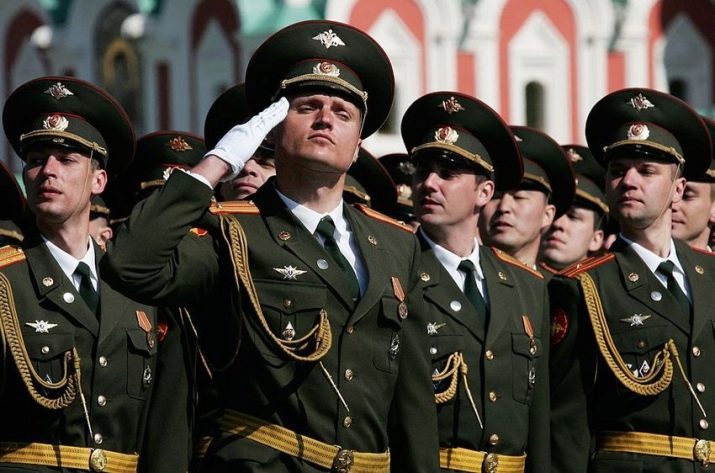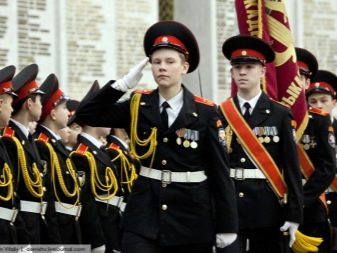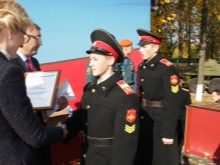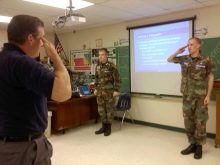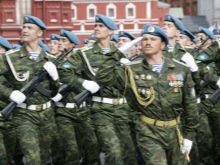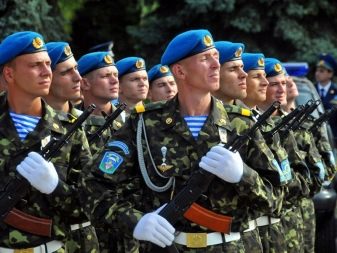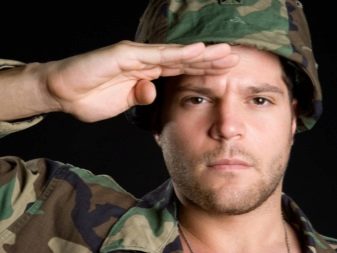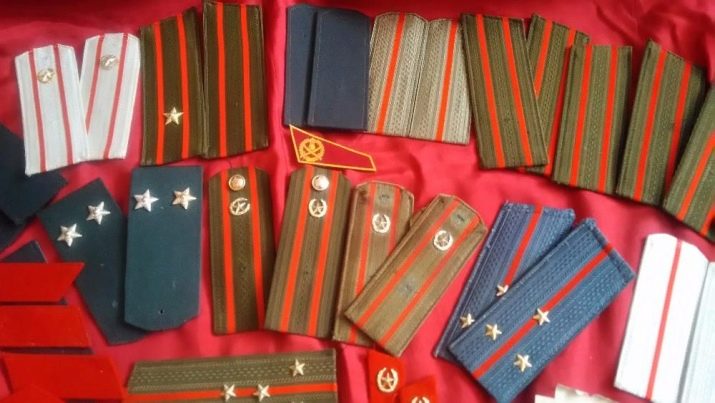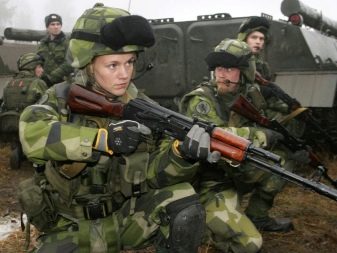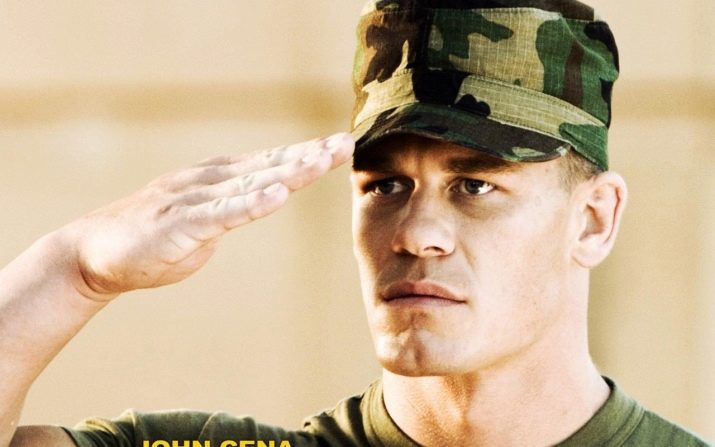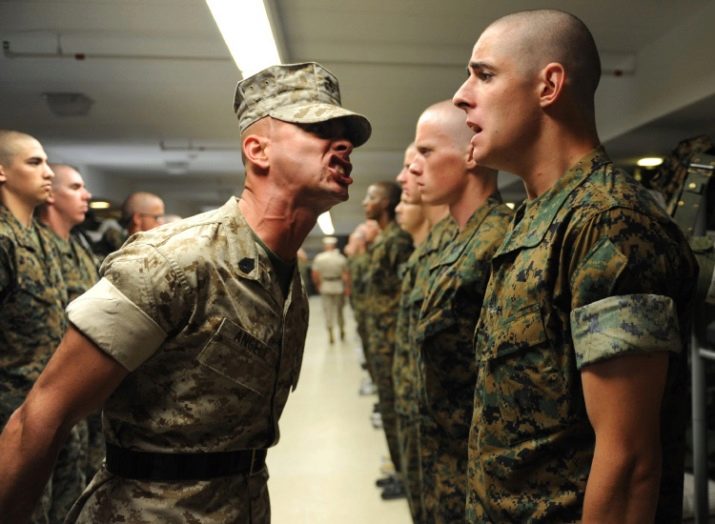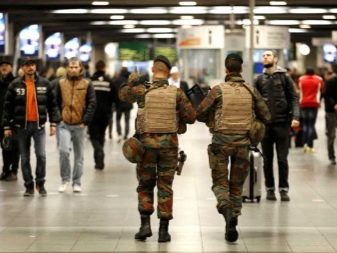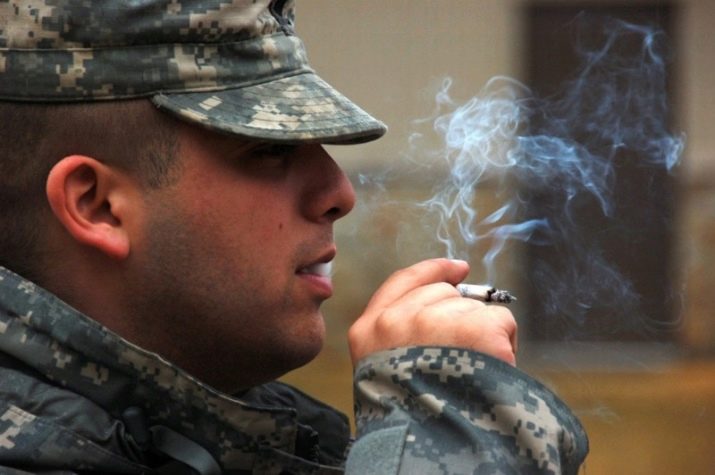Military Etiquette: Military Communication Culture and Behavior Standards
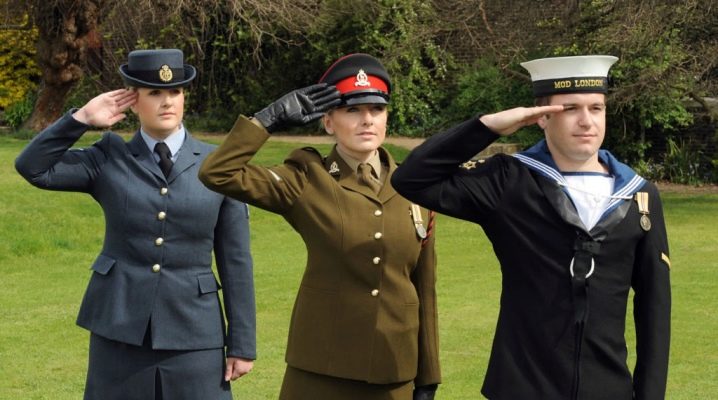
Since ancient times, warriors, defenders of the Motherland, acted as a kind of standard of masculinity and good breeding. No wonder the language firmly nestled the expression "officer's honor," "honor of the uniform," as well as "military to become and bearing." It is believed that the moral duty of a serviceman is to be an example of patriotism, loyalty to his word and comrades, to protect and support the weak. All this is the result of a carefully designed and thoroughly thought-out military etiquette.
Key Features
Like any form of ethics, military etiquette is based on the well-known, universal ideals of morality. At the core of the behavior of each individual are moral norms prescribing respect for oneself and others, politeness, tolerance, and a developed internal culture. Etiquette implies the presence of some sustainable, developed in the process of mutual life, time-tested rules of behavior and communication.
These rules are not something static, once given - they invariably check themselves for compliance with contemporary realities and, if necessary, vary.
The characteristic features of military etiquette lie in their normativity and compulsory execution.
All the norms, principles of behavior and official functions of military personnel are initially clearly and unambiguously stated in the relevant documents. In Russia, this is the Military oath, the adoption of which precedes the entry into the ranks of the army, and the statutes of various types of armed forces. Also worth noting is the large role of continuity and traditions of the Russian army and navy. The history of the emergence of certain rules, customs and elements of relationships is almost forgotten, having lost over time the initial relevance, the fulfillment of these norms is rather nominative, a tribute to traditions and the core of corporate solidarity.
Functions and structure
Military etiquette is not without reason famous for its rigor, because the very existence of the army depends on the correct and unambiguous compliance with the norms. Its functions are quite extensive and affect almost all aspects of the life of military personnel and society.
- Military-political or nationwide the function of etiquette is decisive and consists in the formation of combat-ready and patriotic personnel capable of not only effectively defending their homeland in battle, but also shaping the image of the army in the eyes of the international community.
- Disciplinary the function is focused on the formation of the internal moral core of a serviceman, on knowledge of the charters and corporate standards.
- Official Regulatory the function defines internal relationships, builds a hierarchical ladder, introduces standards for communication and circulation.
- Educational the role of etiquette is to enhance the internal culture of servicemen, instilling in them the fundamental norms of ethics, such as duty, honor and valor.
- Aesthetic the role is, on the one hand, in instilling in an individual the basics of good taste, on the other - in forming a positively perceived image of a serviceman.
In the structure of military etiquette, the division into two main elements is clearly visible: the system of military attributes and the system of norms. Attributes determine the appearance of servicemen, while the norms declare the principles of relationships, communication, and personal responsibility.
Attributes
The appearance of military personnel is a deserved envy and pride. The military should always be clean and tidy, neat up to the pedantry, clean-shaven, combed and groomed, have a good posture and a brave step.All these seemingly insignificant features that form an integral image are the result of a clear and consistent adherence to the rules and rules of attributive etiquette.
However, the symbolic attributes of a serviceman, without which it is difficult to imagine the very performance of the service, are uniform and personal weapons.
The form of different types of troops is determined by order of the Minister of Defense of the Russian Federation, which regulates in detail the rules and regulations for handling clothing. The form should be kept clean and tidy. It is forbidden to wear clothes of an unspecified type or to combine military clothes with civilian clothes.
You should also not wear decals and insignia not prescribed by an order.
The rules concerning the wearing of clothing, apply to both active military personnel and those who are fired into the reserve with the right to wear military uniforms.
The regulations describing the rules for the possession and carrying of weapons are stricter since the violation of its norms poses an immediate danger to the life of the serviceman himself and the people around him. Storage of weapons is allowed only in specially designated, specially protected areas.. It is issued only if necessary and under personal responsibility, for which the issued weapon is assigned to each individually.
The norms of speech etiquette
As you know, speech can be of two types - oral and written. Both types are carefully controlled and regulated. In the modern Russian army, as in any state structure, great importance is attached to documentation. Every soldier, and especially an officer, must be able to competently and clearly draw up a report, a report or an explanatory note, write a letter or report.
All possible forms of writing are subject to established samples adopted on the basis of special orders.
Oral speech is mainly focused on the culture of giving and taking orders, formalized and ceremonial greetings. The speech prescribes the respect of the younger to the senior in rank, the same in turn should appeal to the military, younger in rank, with respect, but without familiarity.
The order should be given in a concise and capacious form, which does not allow ambiguous and inaccurate interpretations, and accepting the same order responds briefly: “Yes!”, “So for sure” or “No, no!”.
A unique form of military verbal etiquette is the phenomenon of military greeting. It is traditionally given to the senior in rank. At the same time, you should press your left hand to your body, and bring your right hand to your cap. In the absence of a cap, simply turn your head toward the senior in rank. However, the charter specifies in detail and clearly all possible configurations - standing, in motion, in a cap and without it, up to situations where the bearer has his hands occupied.
Rules of conduct in public places
Soldiers must follow strict etiquette not only among their own, but also in public places and in everyday life. Behavior of a person in uniform is not his personal, individual affair at any moment of his life, since he is the face of the army or navy and is obliged to maintain a positive moral, moral and aesthetic image of a serviceman.
It should be remembered that it is often the military who become heroes and role models for the younger generation.
The statute prescribes to comply with the rules of etiquette in all situations. For example, on the street you can not smoke on the go and in public, throw garbage past the urn. In the cinema, theater, museums and other cultural institutions should be punctual, courtesy and respect for the people and objects of art around them. The soldier should also be polite and helpful with women, children and the elderly, if necessary, provide assistance and support.
For more information about military etiquette, see the following video.
